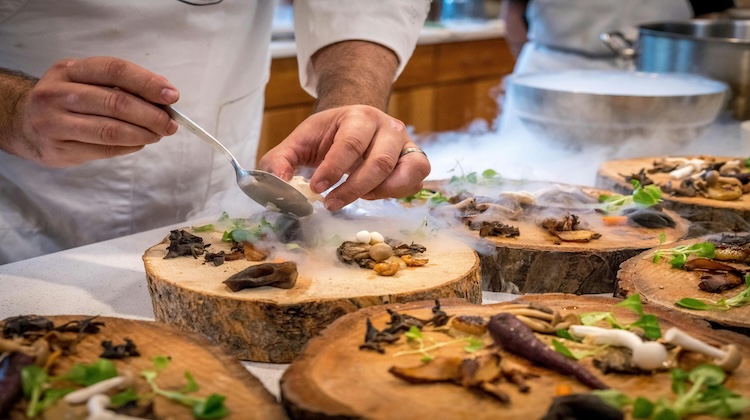If you love Spanish, travel, and food, exploring regional food festivals in the Spanish-speaking world is a delicious way to boost your language skills while immersing yourself in culture. Food festivals aren’t just about eating; they’re a chance to connect with locals, learn new vocabulary, and experience the diverse traditions of Spain and Latin America firsthand.
In this article, we’ll take you on a linguistic tour of some iconic Spanish-language food festivals, introducing you to the vocabulary, phrases, and cultural context that will help you enjoy these events fully, whether in person or through virtual learning.
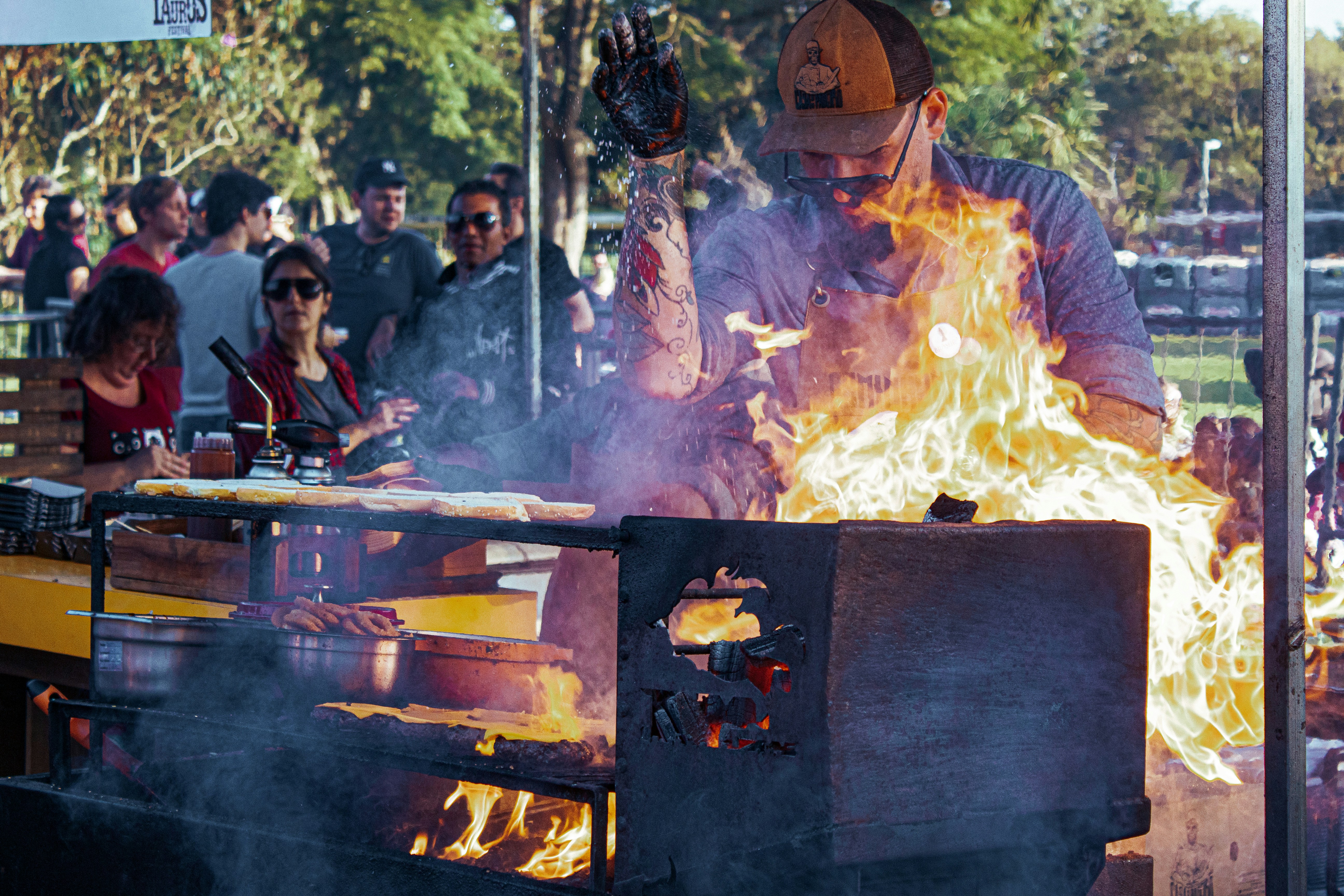
Why Food Festivals Are Great for Learning Spanish
Food festivals gather people around one of the most universal languages: food! But there’s also a rich tapestry of expressions, regional dialects, and cultural stories embedded in these events. Attending or studying a food festival gives you practical Spanish you won’t find in textbooks:
• Authentic conversations: From ordering food to chatting with vendors and locals, festivals provide lively language practice.
• Regional vocabulary: Every festival highlights local specialties with unique names and expressions.
• Cultural context: Knowing about traditions, history, and food origins helps you understand language in context.
• Listening practice: Live music, announcements, and casual chatter boost your comprehension skills.
Even if you can’t travel right now, following along with festival videos or recipes online can provide rich learning content.
Top Spanish Food Festivals and Key Vocabulary
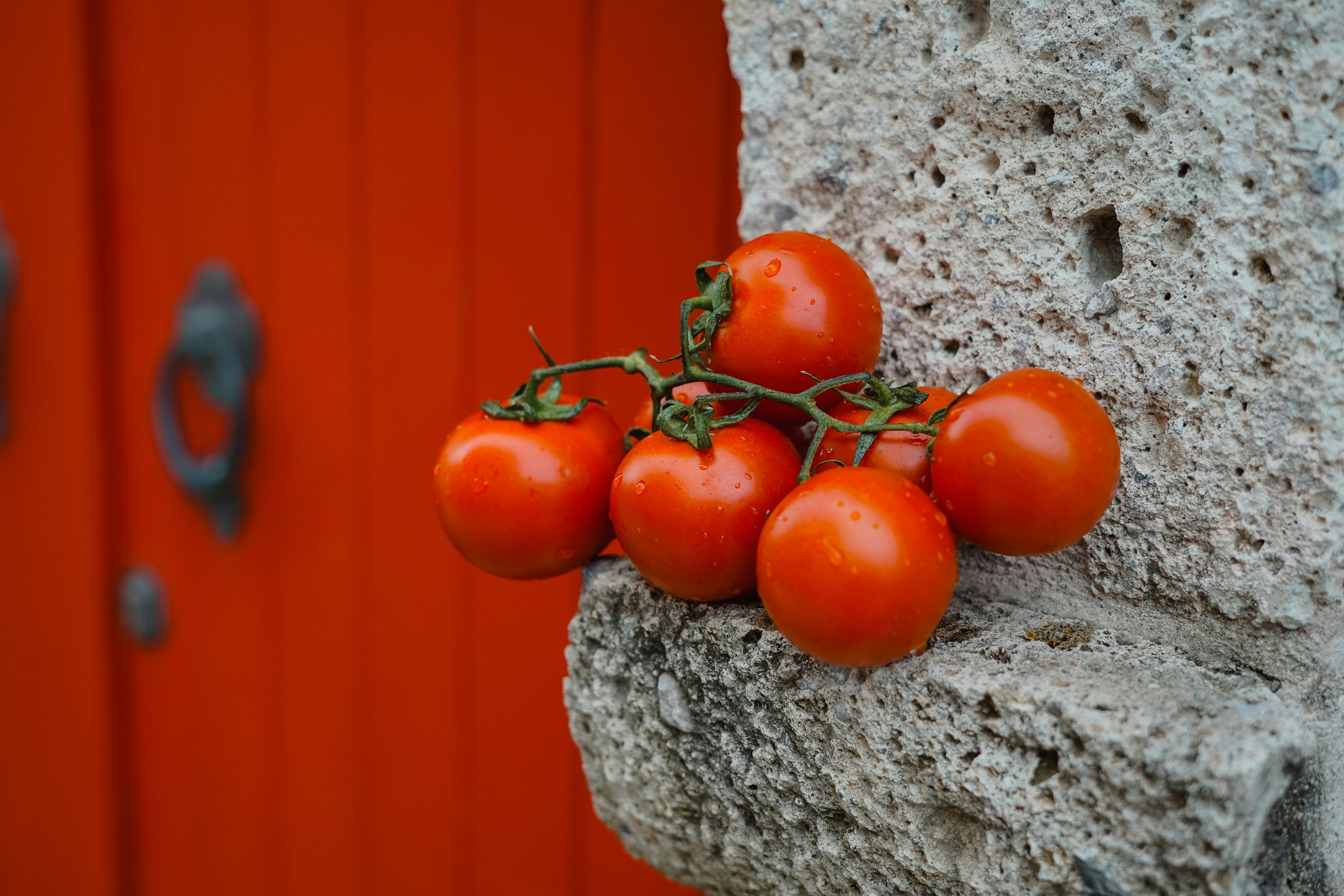
1. La Tomatina (Buñol, Spain)
Held every August, La Tomatina is the world-famous tomato fight in the town of Buñol, near Valencia. While it’s more of a playful battle than a traditional food festival, it celebrates tomatoes, a core ingredient in Spanish cuisine.
Vocabulary to know:
• tomate (tomato)
• lanzar (to throw)
• batalla (battle)
• manchar (to stain)
• mojado (wet)
Useful phrases:
¿Dónde puedo comprar tomates? — Where can I buy tomatoes?
¡Cuidado, vienen los tomates! — Watch out, here come the tomatoes!
Estoy empapado/a de tomate. — I’m soaked with tomato juice.
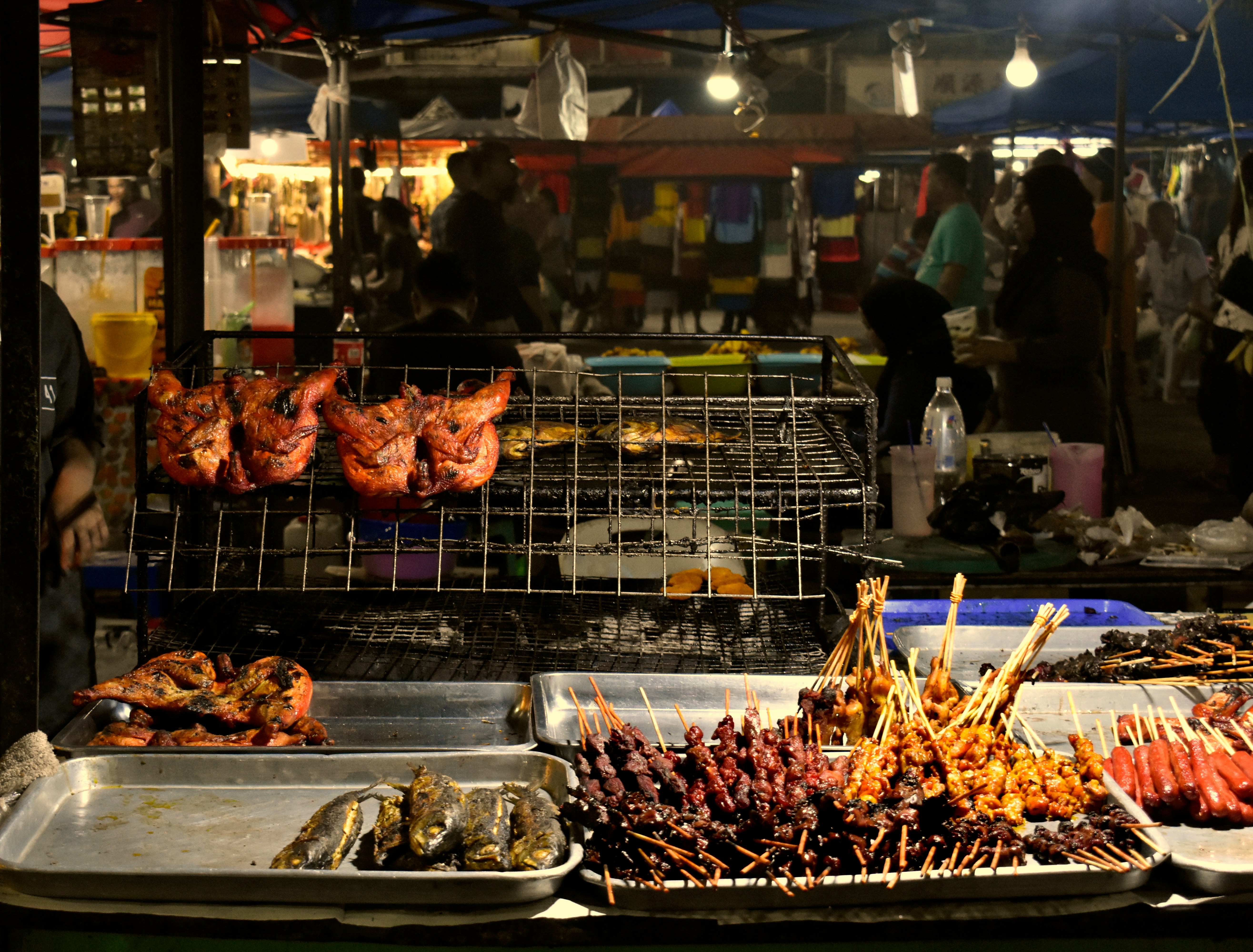
2. Feria de Abril (Seville, Spain)
Although technically a fair, the Feria de Abril is famous for its food stalls serving Andalusian delicacies, such as tapas, jamón ibérico, and gazpacho. The event is a celebration of Andalusian culture, with flamenco music, dancing, and traditional costumes.
Vocabulary to know:
• tapa (small snack)
• jamón ibérico (Iberian ham)
• gazpacho (cold tomato soup)
• feria (fair)
• baile flamenco (flamenco dance)
Useful phrases:
Quisiera probar las tapas, por favor. — I would like to try the tapas, please.
¿Qué tipo de jamón es este? — What kind of ham is this?
¿Dónde está la caseta para bailar flamenco? — Where is the tent for flamenco dancing?
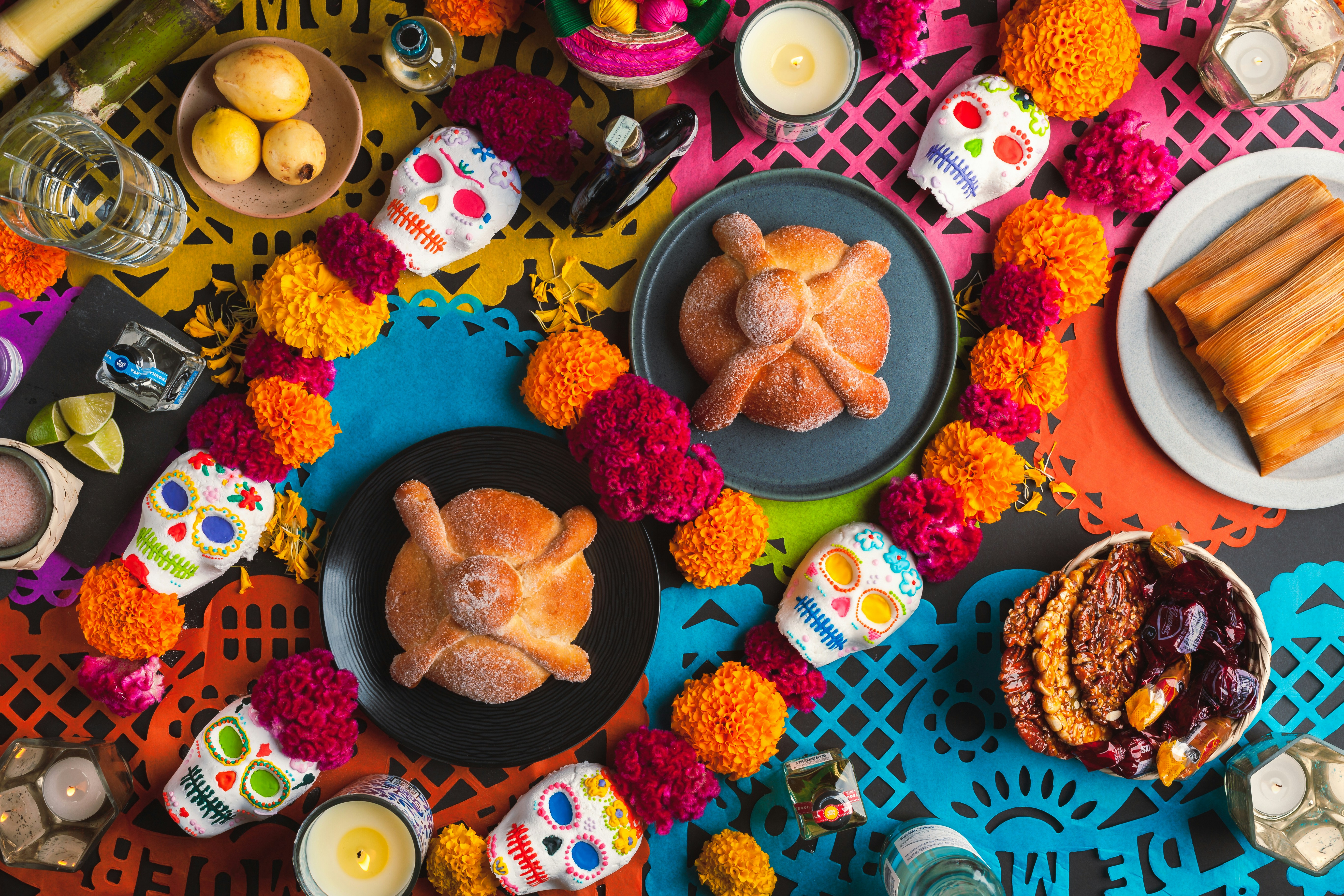
3. Día de los Muertos (Mexico)
While primarily a cultural and spiritual festival honoring the dead, Día de los Muertos is also famous for its unique foods like pan de muerto (sweet bread) and calaveras de azúcar (sugar skulls).
Vocabulary to know:
• pan de muerto(bread of the dead)
• calavera (skull)
• altar (altar)
• ofrenda (offering)
• dulce (sweet/candy)
Useful phrases:
¿Dónde puedo comprar pan de muerto? — Where can I buy “bread of the dead”?
¿Qué significa esta calavera? — What does this skull mean?
La ofrenda tiene flores y comida. — The altar has flowers and food. 4. Inti Raymi (Peru)
The Inti Raymi festival celebrates the Incan sun god with traditional music, dance, and special Andean foods such as chuño (freeze-dried potatoes) and cuy (guinea pig).
Vocabulary to know:
• intiwatana (Incan ritual stone)
• cuy (guinea pig)
• chuño (freeze-dried potato)
• ceremonia (ceremony)
• danza (dance)
Useful phrases:
¿Has probado el cuy? — Have you tried guinea pig?
La danza representa la historia inca. — The dance represents Incan history.
Esta comida es tradicional en la ceremonia. — This food is traditional in the ceremony.
Tips for Learning Spanish at Food Festivals
1. Prepare key vocabulary before you go. Make a list of food items, verbs, and polite phrases.
2. Practice ordering food and asking questions. Role-play scenarios like ordering, asking about ingredients, or expressing preferences.
3. Listen actively to announcements, music, and conversations. Festivals have a lively soundscape, which is great for improving your ear.
4. Take photos and notes. Capture new words, signs, and menus to review later.
5. Engage with locals. Don’t be shy! Ask about their favorite dishes and festival traditions.
Virtual Alternatives to Experience Food Festivals
If traveling isn’t an option, don’t worry! Many festivals have online coverage, recipe videos, and cultural documentaries. Try these ideas:
• Watch La Tomatina battle videos with Spanish commentary and subtitles. • Cook a traditional dish from the Feria de Abril while listening to flamenco music. • Learn about Día de los Muertos traditions through bilingual videos and make pan de muerto at home.
• Follow a virtual Inti Raymi celebration and learn about Andean food vocabulary.
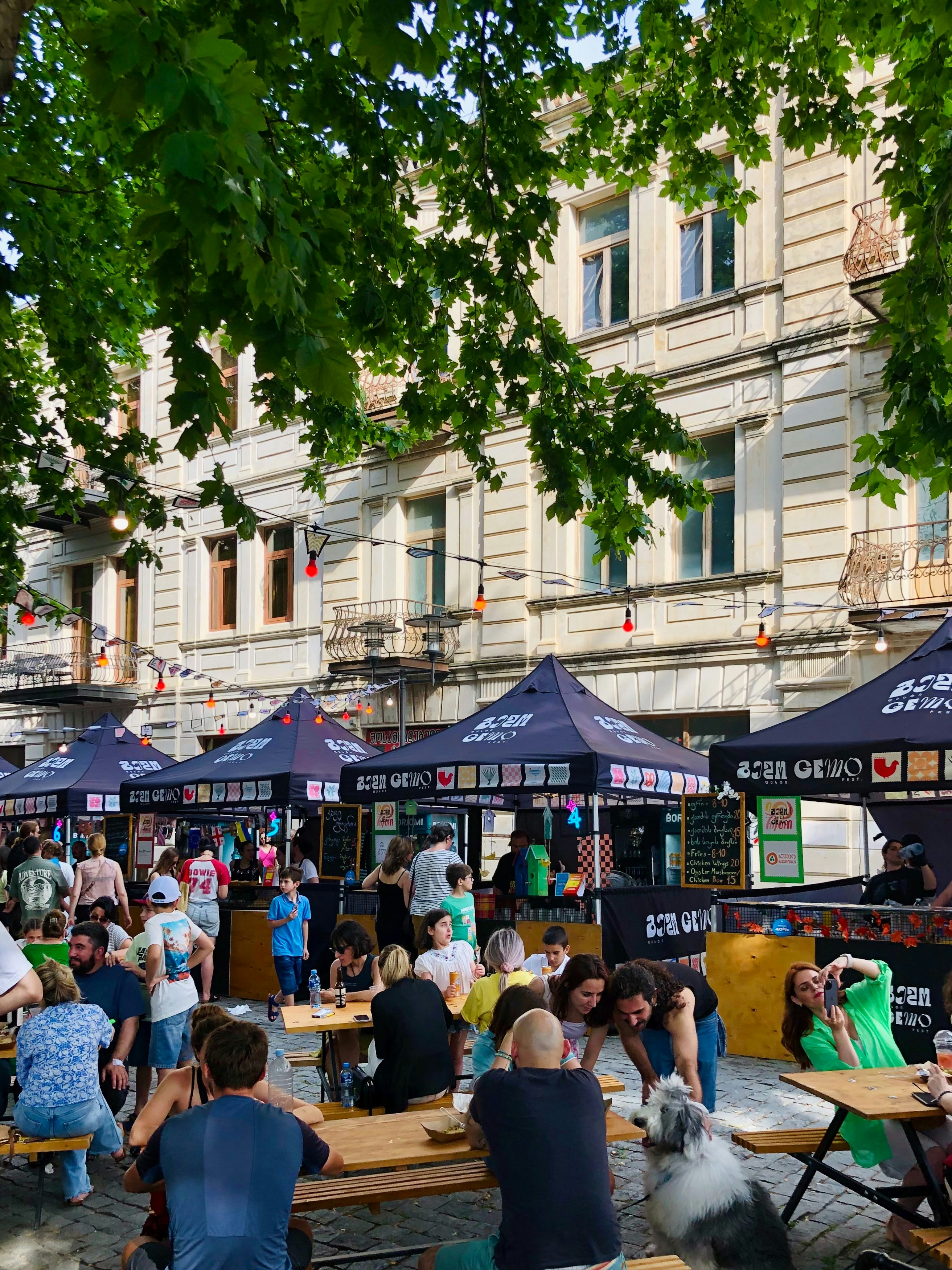
Conclusion
Regional food festivals are vibrant, sensory-rich opportunities to deepen your Spanish learning throughculture and cuisine. From the tomato-splattered streets of Buñol to the sweet breads of Mexico’s Día de los Muertos, these events connect language to real-life experiences. Whether you travel to Spain, Mexico, Peru, or explore online, immerse yourself in the language of food festivals and watch your Spanish skills grow, one bite and phrase at a time.
